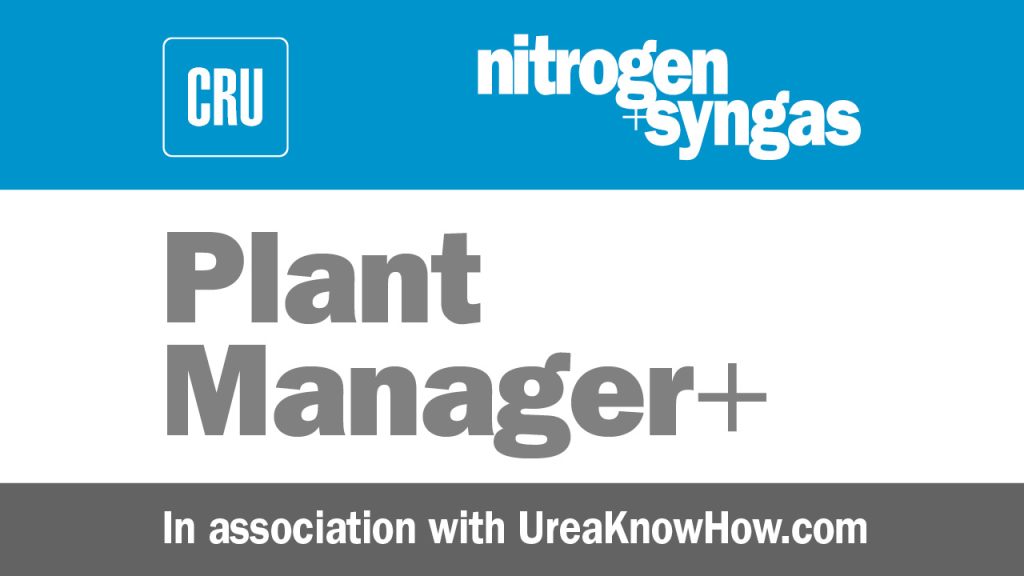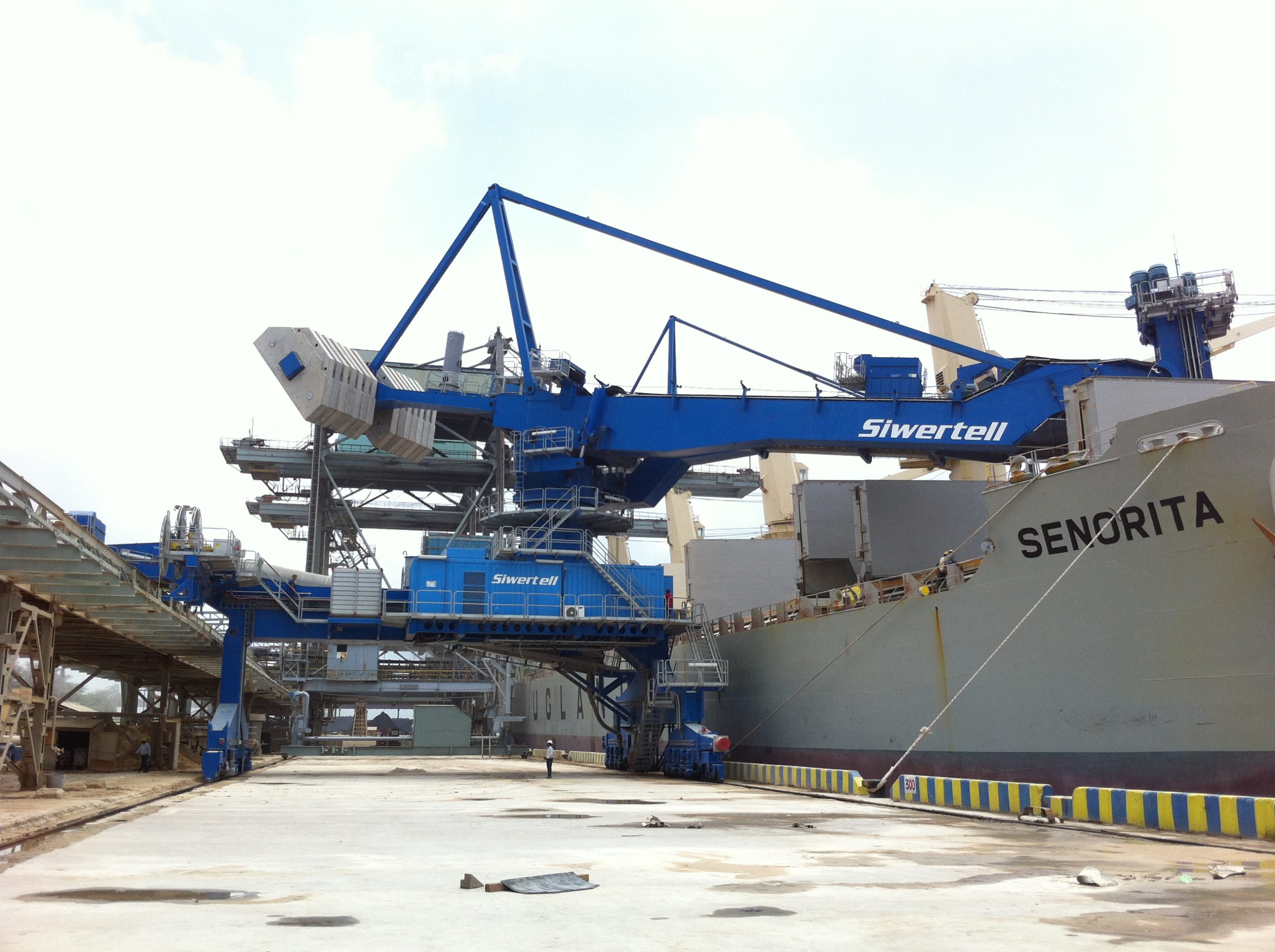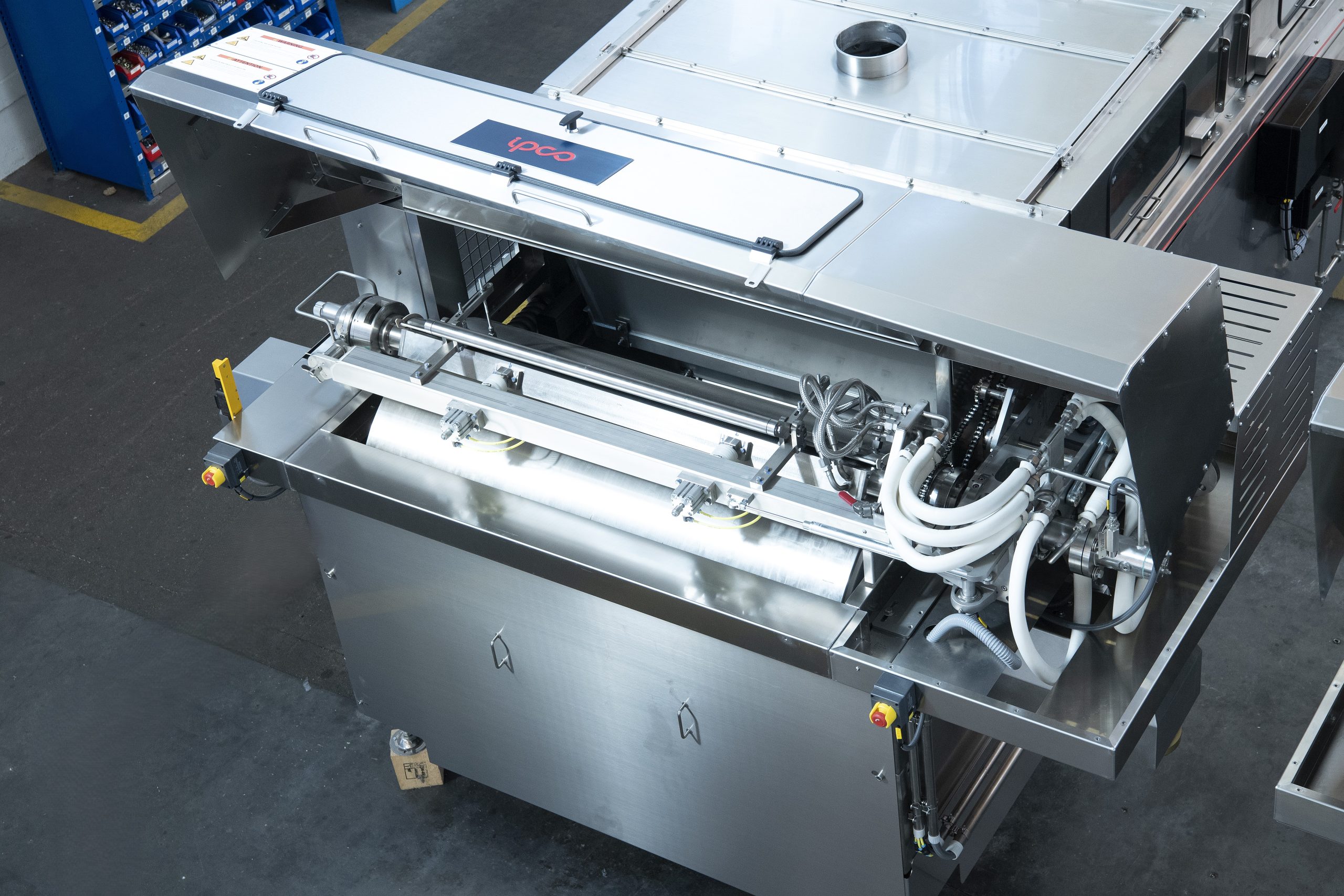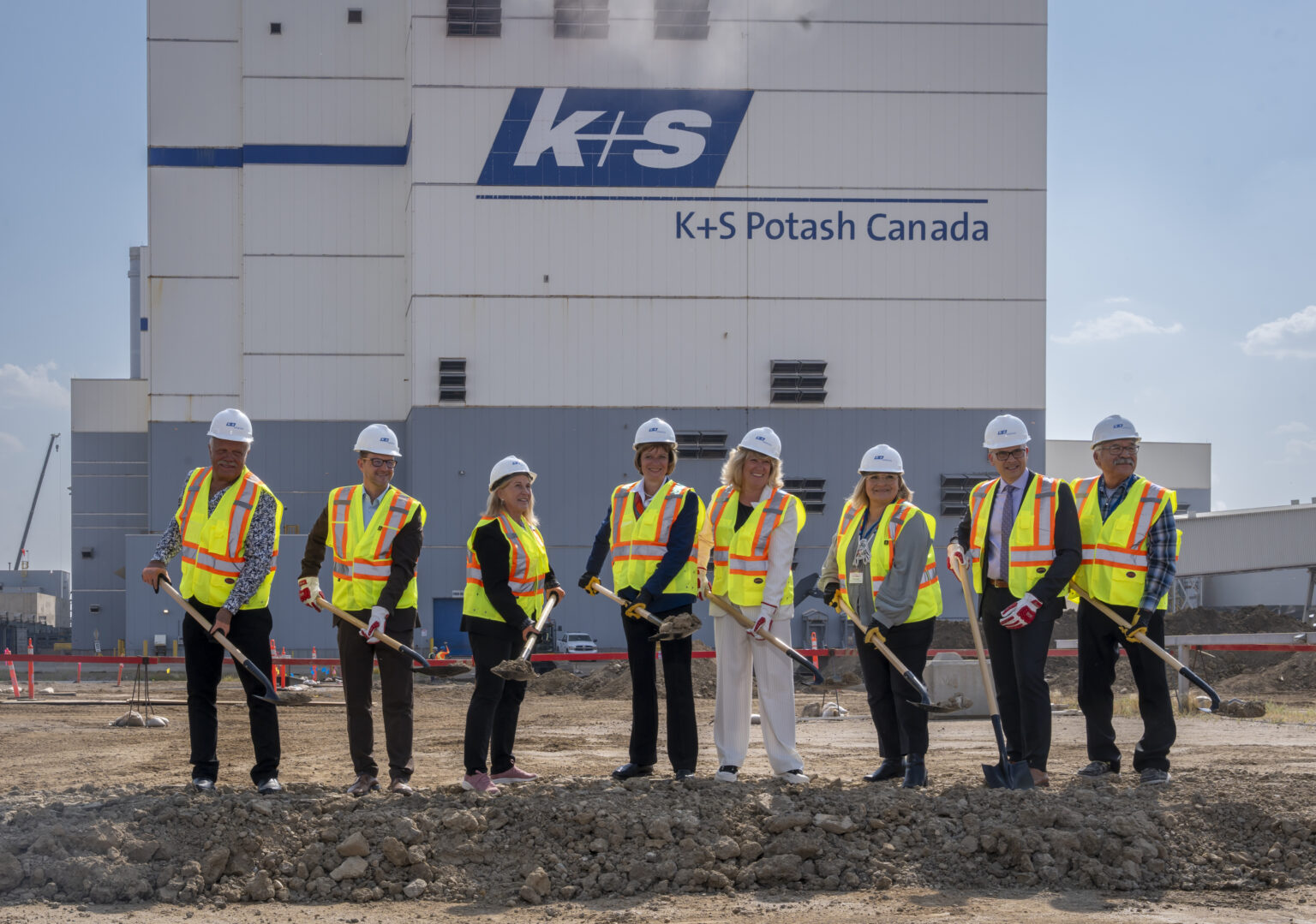Nitrogen+Syngas

31 July 2018
Problem No. 49: Reverse rotation of CO₂ compressor
The CO2 compressor of the urea plant is an expensive piece of critical rotating equipment installed without any spare position. Its reliability is therefore of prime importance. Sometimes reverse rotation occurs which can damage the internals of the compressor. What are the causes and what are the remedies to avoid reverse rotation of the CO2 compressor? There is a lot of misunderstanding around this subject. Here we share the experiences of various end users.

Bhawna Dangi of NFL Vijaipur in India starts the round table discussion: What harm can reverse rotation of the CO2 compressor do and how can it be prevented?
Niranjana Murthy of Mangalore Chemicals and Fertilizers in India first asks for some further information: Which type of compressor are you referring to and why is it rotating in reverse direction?
Bhawna replies: When a centrifugal compressor trips, the higher pressure still existing at the discharge side of the centrifugal compressor will equalise with the lower pressure that is always present at the suction side of the compressor. This situation can cause reverse flow. Some plants have reported reverse rotation phenomena in the CO2 centrifugal compressor.
Gholamali Soroush of Shiraz Petrochemical Complex in Iran shares his valuable experience: In the CO2 compressor outlet, there are three valves (check valve, shutdown valve and bleed valve) which should avoid reverse flow. By depressurising the compressor outlet line, one prevents reverse rotation. The shutdown valve and bleed valve are automatic valves, which are actuated by trip signals and are in the discharge outlet upstream of the non-return valve (NRV).
Ajay Singh of Chambal Fertilizers in India contributes to the discussion: Reverse rotation of the compressor may damage internals, such as bearings, seals etc.
CSK provides some valuable input: In general CO2 compressors have four reverse flow protections in the discharge line: 1) trip shutoff valve, 2) vertical NRV, 3) horizontal NRV and 4) pressure release valve. However, reverse gas flow through the compressor is possible, by passing of the level control valve of the third separator or by passing of the NRV at the suction side of the third stage. These may cause the reverse rotation of the compressor. The compressor is not designed for reverse rotation, and it can cause bearing damage and misalignment. To overcome this problem, the pressure release can be linked (open) with the trip logic of the compressor.
Pawan Verma of IFFCO in India shares his valuable experience: Reverse gas flow through the CO2 compressor is only possible when NRVs provided in compressor are passing and the vent control valve size provided in the final discharge line and at the third discharge line size are insufficient to discharge the volume trapped. This problem of reversal flow may be overcome by regular servicing of the NRVs and by increasing the size of the vent valve in the compressor.
Prem Baboo of National Fertilizers Ltd, in India contributes to the discussion: We also experienced reverse rotation in our urea line-II in 1997. Reverse rotation is an unwanted phenomenon in a centrifugal machine as it is always associated with severe radial vibration and axial displacement which may lead to damage of the bearings and rubbing of seals with the stationary components. Bearing failure is a definite possibility. Seals are not rated for this rotational speed. Internal compressor components may become dislodged. There is a high possibility of damaging vibrations during reverse rotation. Coupling is rated for the rotational speed as long as the train does not become energised. Rotor overspeed can cause excessive stress of the bearing (journal/thrust). Standard face seals may be adversely affected by overspeed and rings may be rotation sensitive. To safeguard against reverse rotation in CO2 compressors the following changes have been made:
- During shutdown, anti-surge valve HV-62 (provided from the fourth discharge to the first suction) and the second stage vent HV-61 (provided from the second discharge to the atmosphere) are both open. In addition, HV-63 (provided from the second discharge to the first suction) logic has been changed so that it opens during tripping. In addition, the time taken to open HV-61 has been decreased.
- The final discharge vent PV-3 logic was changed to open during tripping of the machine. Capacity of CV should be sufficiently high.
Kashif Naseem replies: Reverse rotation can be avoided by installing kickback from casing to casing and installing the NRV at the discharge of the final stage.
Ali Salman Bokhari of Agritech Ltd. in Pakistan joins the discussion: In my view, reverse movement of the shaft is only possible in case of high polytropic/discharge head or in simple words “surging”. Once the compressor is tripped due to actuation of the surge counter security, reverse movement is almost impossible because:
- kickbacks will automatically open and equalise the pressure between the suction and the discharge ends of the compressors;
- generally auto valves at the compressor discharge open automatically to relieve the discharge line;
- additional protection in terms of NRVs is also available;
- gas in the compressor at the discharge side does not have much force to first stop the compressor, nor does it have much capability to provide the force required for causing reverse rotation.
In case of reverse rotation, what is important point is the speed of the compressor i.e. high speed will definitely cause vibrations and damage to seals.
Sometimes there are some design constraints regarding relieving the third stage pressure through the fourth stage and uneven depressurisation of inter-stage piping and equipment. This uneven depressurisation generates enough torque to rotate the shaft in the reverse direction. Latterly, the problem was resolved by instantaneously opening the 2-1 recycle valve with application of the solenoid valve along with the second stage vent and by modifying the interlock system.
In my view, there should be no reverse rotation in the compressor if there are no design constraints. Anti-surge, vent and non-return valves are provided in order to protect the machine from such problems in worst case conditions.
Let me share our experience as regards design constraints. We have a turbine driven centrifugal CO2 compressor comprising LP and HP casing with each casing consists of two stages. The original equipment manufacturer is MHI (Japan). The anti-surge system is provided by CCC (USA) consisting of 1-1, 2-1 and 4-3 kickbacks. Under normal operating conditions the machine is designed to raise the pressure from 0.9 kg/cm2.g to 178 kg/ cm2.g. A few years ago, we did an emergency shutdown due to a problem in our national gas headers. The compressor tripped due to actuation of low pressure security at the first suction. This was surprising because everything was going smoothly as per standard operating procedures. Latterly it was found that the 2-1 kickback opens rapidly letting down the pressure from 44 to approx. 0.9 kg/ cm2.g in order to meet the flow requirements at the first suction. This sudden opening results in the formation of dry ice, even after the injection of hot gas and restricts the flow passage downstream of the kickback. This design constraint was resolved by some counteractive measures.






